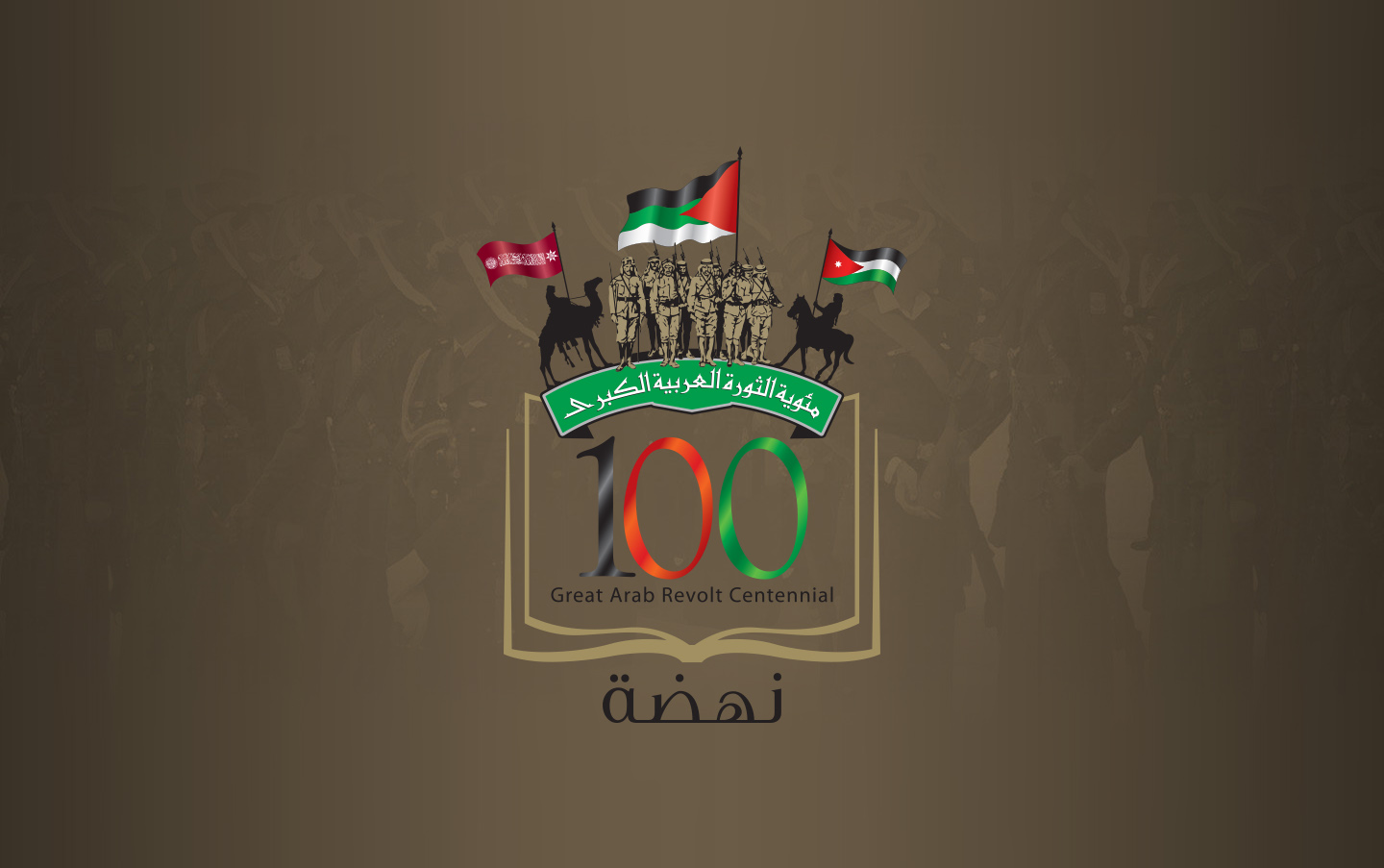The Maan Medal immortalises epic heroism over the course of the Revolt, with the resounding victory against the Turkish fortresses in Maan and its surrounding areas, paving the way for the armies of the Revolt to continue to march in different directions in the Levant.
Out of his keenness to honour his valiant men and immortalise their victory, the Revolt’s leader, Sharif Hussein bin Ali, ordered that they be awarded the Maan Medal. Prince Faisal complied and set a law for this medal and its arrangements.
The medal’s roll of honour contained the names of select individuals who were immortalised. Identifying the nature of this medal, its memory, description, law and honourees reflects a bright page from the honourable history of this Revolt. This document highlights the history of this nation’s leaders, to ensure that their actions and approaches guide the coming generations and offer a lesson on sacrificing to liberate the land and people.
The Medal’s Description
The Maan Medal is made up of two blades of wheat symbolising goodness and the spirit of giving, two swords as an Arab-Islamic symbol of strength, and the hexagram, which is an Arab Islamic symbol as well, and not only —as is popularly believed — the Star of David. The star is depicted as two equilateral triangles, with the upper one pointing up and the lower one pointing down. The equilateral triangles have implications related to the equal sides of the trinity famous among Semites, Arabs and ancient Egyptians.
The medal was forged out of copper and it was painted with silver, save for the hexagram, which was left unchanged. The word Maan is etched in the centre of the star in beautiful Arabic calligraphy, with the year 1337 Hijri (coinciding with 1919 AD) carved underneath. The date refers to the time the medal was forged.
The medal weighs around 10.2 grammes, and is 4 centimetres long and 3.2 centimetres wide. It is hung on the left side of the chest near the heart, in a reflection of its importance.
Individuals who Received the Medal
The Great Arab Revolt was a landmark Arab achievement through which the Hashemite leadership was able to boost the morale of the free children of the Arab world, who came together around this leadership due to its competence and deep Arab and Muslim history.
The medal was bestowed on 343 leaders, soldiers and martyrs, who hail from all Arab states to heed the call of duty in ensuring the rise of the nation. In the Arab Mashriq, the countries of the Fertile Crescent come at the forefront of those who answered the call: “Iraq, Syria, Lebanon, Palestine and Jordan.” They also came from every nook and cranny of these regions, many hailing from Hijaz and Yemen. The Revolt started from Hijaz, and the people of Yemen joined their brothers’ holy war with great Arab nationalist fervour.
Three Jordanians were given the Maan Medal, which is passed on from father to son. They were Mohammad Ali Al Ajlouni, Mufdhi Eid and Hussein Mubarak.
The names on the medal’s roll of honour perhaps refute the common claim that the Arab Revolt was a pure Mashriq affair, as many hailed from Egypt and the Arab Maghrib, because the leader of the Great Arab Revolt wanted it to encompass the wide Arab world.

